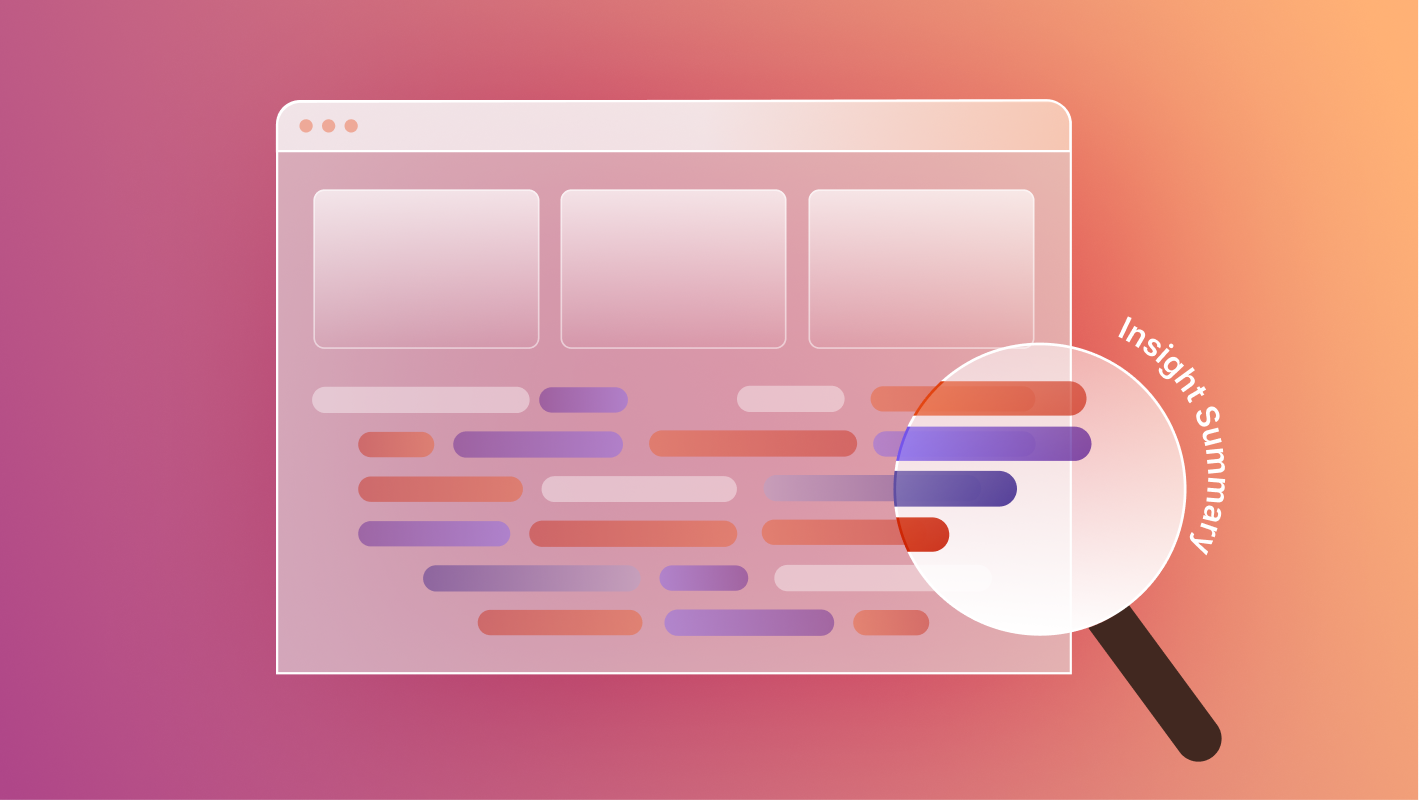Data is already everywhere in marketing and advertising, design is next
Data is everywhere. We’ve all seen or heard how data is transforming industries and how tech companies are using it to disrupt the status quo and revitalize entire industries. From how frequently data is referenced as a tool for large companies, you might think that it’s fairly easy to acquire and use; assuming you're a company with deep pockets. However, actually using data in a way that will see the same massive returns is the obstacle that everyone faces regardless of industry. In this deep dive, we’ll look at the current state of data in both marketing and design. Not just how tech companies and industry giants use it internally, but how you can use it to your best advantage and make data work for you.
Data in Marketing
Today in marketing, data is collected for everything– cost-per-click, bounce rate, conversion rate, engagement rate, and thousands of other metrics. Data is readily available for anyone looking to launch a marketing or advertising campaign. Google and Facebook make data readily accessible to anyone using their platforms because they want to make it easy for their customers to feel informed while buying ads. The entire experience of buying and managing an ad campaign is made to feel like one giant analytics dashboard which intentionally places the responsibility of performance on the user while gamifying and empowering them to take control. On websites, analytics are also very easy to collect by implementing Google Analytics, Search Console, and a myriad of third-party platforms that measure anything and everything you could need. Anyone and everyone can easily use these tools to compare and test the effectiveness of their online presence with live data.
Data in Design
Unfortunately, the same doesn’t hold true for design. While marketers need to make lots of quick changes to increase the effectiveness of their work, designers also work iteratively, but it’s much harder to disseminate any information into actionable steps. Design has a lot more subjectivity than marketing due to its qualities relying on cultural relevance, perceptive differences, and contextual cues. While it’s fairly easy to test whether or not a user converted into a customer, it’s much harder to track whether your logo is responsible for motivating someone to walk into your store. Whereas marketing is almost entirely objective, design in its current state is measured more by subjective means. That means that there is a whole lot riding on the experience and personal preference of the designer despite design contributing significantly to a business’s bottom line.
In a study conducted by McKinsey, the report found that companies with strong design actions were likely to outperform industry revenue benchmarks by more than two times.

If companies rely so tremendously on good design, why do they accept the risk in letting design decisions be heavily swayed by subjectivity? No matter how good a designer is, people are imperfect and we get things wrong every so often. What happens when they get it wrong? In 2008, Tropicana paid $35M for a rebrand and packaging design. After the rebrand went live, Tropicana lost $20M in missed sales, roughly 20% of their monthly revenue before switching back to their former branding. The repercussions of poorly executed design can be disastrous and despite hiring a legendary design agency, Tropicana was forced to take their loss on the chin.
The Challenge Today
So haven’t all large companies with equally large budgets implemented data in their design? The biggest challenge that many designers face, in contrast with marketers, is that data is not readily available in the same way. In addition, unlike marketing which is seen as a business profession that highly relies on information and numbers, design is traditionally perceived as an art, a view that often leads to designers and marketers being siloed in separate departments. It’s not uncommon for designers to have little understanding or briefing on the key performance indicators of a campaign that will make or break its success. On a case by case basis, things will certainly change and for some forward-thinking companies, agile is already showing the value of cross-pollination according to the Harvard Business Review. But taking advantage of data is a more elusive challenge that enables your design to be the most well-informed and high-performing.
In a typical design agency, designers are tasked with creating objective results while only using their subjective experience. Why is it so hard to take subjective experience and create objective results? Most of the goals and measurements in design rely on qualitative features. Whereas in marketing most features rely on quantitative and easily digestible data, designers do not have the same luxury. Design can never be 100% objective. If you give the same assignment to ten designers with the same level of experience and skills, you will undoubtedly end up with ten different designs. There may be some similarities, but preference and intuition lead to differences and nuance. This is a part of the creative process and is absolutely not something that should be hindered. However, by distilling a project brief and narrowing the focus with data, you can take some of the guesswork out of the picture.
Purpose is Key
Measuring the effectiveness of design will always come down to its purpose. What is it trying to achieve? What problem is it solving? Achieving objective goals such as site engagement or decreasing bounce rates requires an objective foundation. Inherently, you will be playing a guessing game if you do not measure iterative nuances. The creative process is something that can appear to be a black box to outsiders if you don’t understand what is going on but putting labels on the qualitative differences that lead to better designs can make it possible to understand what actually affects its performance.
Measuring Subjectivity
Qualitative data is still data. Measuring subjective features with qualitative data is not a new idea and is already in practice in the wine industry. Unlike design, wine is a completely subjective field. A wine that tastes incredible to one person may taste horrible to another and yet, industry professionals have come up with an entire system of using metrics to discern qualitative differences. Design also has an objective quality, its purpose. You can more effectively measure design that you can wine due to its level of effectiveness.
The only way to make this process objective is to bring your customers into the equation. Instead of relying on your intuition about what people probably think, use surveying and focus groups to ask them. You can’t empathize with a feeling that you don’t know you share. Designers aren’t mind readers and that’s okay.
And if you’re a company or you run a business and you are investing your money in a design project, it is extremely risky to stake the livelihood of your company on opinion and subjective experience alone. Obviously, you want to reduce risk as much as possible which means that you need to reduce the subjectivity of design as much as possible. How can designers go about doing so? Data.
The bottom line is design isn’t design without a basis in objective purpose, that would be art. For every major design decision you make, you should be able to show how it directly contributes to a measurable goal. Ask yourself how data is informing the design decisions you make and will your design meet a measurable goal? Making data-driven decisions will inevitably lead to more objective and productive results.




.svg)

.svg)











